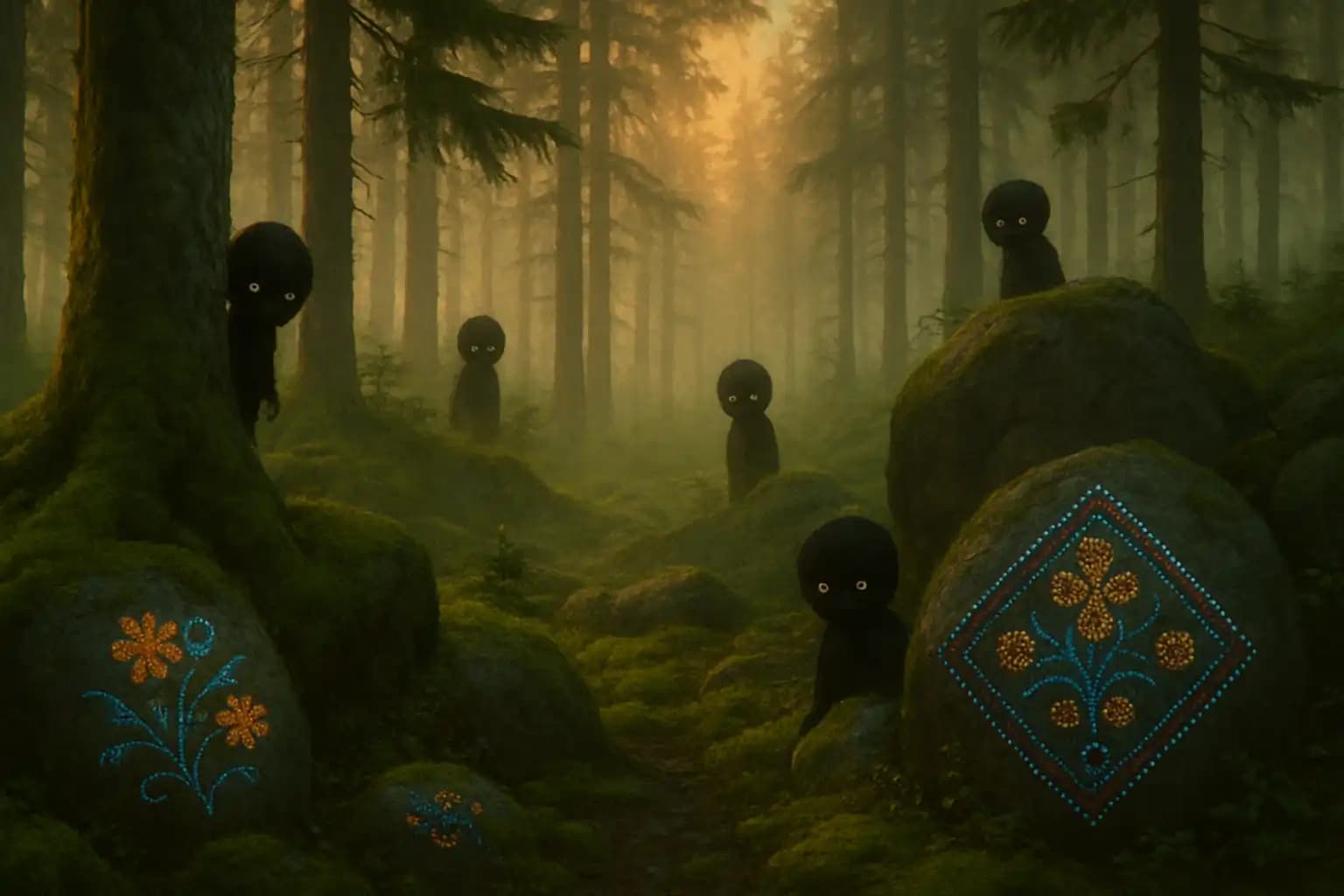The dense forests and rocky lakeshores of Ontario, Canada, harbor many secrets. One of the most mysterious is the enduring First Nations tradition of “little people”—shy, sometimes mischievous beings with supernatural talents connected to the land. From the Ojibwa’s Memegwesi of Parry Sound to the Algonquin Me’megwe’si of Lake Temiskaming, these guardians blur the line between legend and experience, captivating both adults and children.
For centuries, sightings and encounters have echoed through northern communities. Anishinaabe stories, such as those recounted by Josie Cormier (these cultural legends), recount the Ojijikoonsuk guarding Fort Albany or the Little People inhabiting Doghead Mountain. How deep do these traditions run—and could whispers in the trees indicate watchers rather than mere wind?
Memegwesi and the Mosaic of Ojibwa Folklore
The Ojibwa call their little people Memegwesi—or in some traditions, Memegwaans or Memegwesiwag—a short, hairy-faced folk usually residing along cliffs and lakes. These legends, passed down throughout Ontario, describe the Memegwesi as secretive, quick to vanish, and often helpful if treated with respect. Some believe they guard copper mines and rescue lost, frightened children, echoing broader North American motifs of little people as protectors or tricksters (Wikipedia primer).
In scattered villages and around campfires, locals share stories of disappearing footprints, flickering lights, or laughter echoing over water. According to a report from Mysteries of Canada, firsthand sightings continue—often by children who encounter playmates unseen by adults. This persistent folklore isn’t merely a relic; it defines the connection between Indigenous people and the wild landscape, especially as development encroaches on ancestral lands.
Algonquin Voices: The Me’megwe’si and Memegwaysuck
Algonquin traditions mirror and sometimes meld with Ojibwa tales, recounting the Me’megwe’si of Lake Temiskaming and the Memegwaysuck of Lake Nipissing. Here, little people are gifted shape-shifters, evident in the fluidity of their names and attributes across neighboring nations. As explored in regional storytelling collections, the Algonquin Me’megwe’si are said to approach children in times of need, sometimes appearing only to the young (see linguistic notes).
This fluidity of form and intent—at times protectors, at times mischievous—creates a vibrant folklore. Much like the surge of interest surrounding Ontario’s most mysterious cryptids and shadowy monoliths that baffle scientists, encounters with these little people straddle the boundary between haunting reality and collective imagination.
Modern Encounters and Indigenous Perspectives
The conversation about little people in Ontario extends beyond historic oral traditions. Modern retellings, found in accounts of subscriber sightings, emphasize ongoing encounters—echoing the living, dynamic aspect of belief in Indigenous cosmologies. These stories demand respect, highlighting both cultural transmission and the strange events that challenge conventional explanations.
While skeptics might dismiss these tales as Ontario’s answer to leprechauns, there’s a warning in how quickly the unexplained gets invalidated—similar to how disturbing true crime legends can be too quickly labeled as urban myth. Indigenous elders remind us that little people symbolize knowledge rooted in respect, humility, and the land’s mysteries, regardless of whether we cross paths with these hidden beings.
Legends, Landscape, and the Unexplained
Legends of Ojibwa and Algonquin little people connect the ancient and the modern—unifying warnings, wonders, and reverence for hidden realities. In a world where the uncanny stirs below the surface, these stories endure not as quaint folklore but as reminders of what science can’t always clarify. While some mysteries spawn conspiracy theories or existential fears of technology, little people teach us caution: not everything is meant to be unraveled.
For those seeking tales that slip through the cracks of accepted knowledge, portals like Unexplained.co provide one of the few beacons willing to take traditional folklore seriously. In the living woods of Ontario, the next legend is always just beyond the reach of the firelight.





